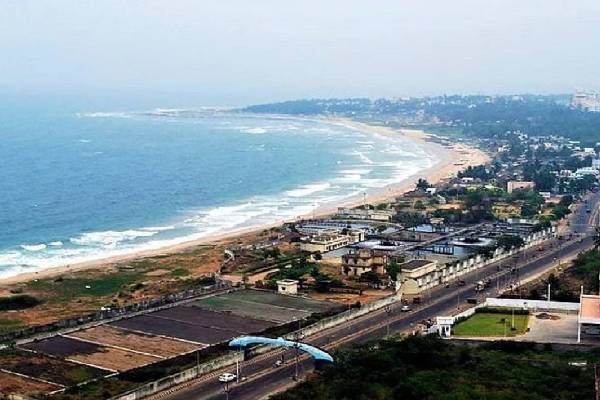[intro]About 1700 people in an unprecedented heatwave that swept across Andhra Pradesh last year. State government is formulating an action to meet the challenge of heatwave. Now, to help states like Andhra Pradesh, face the heatwave conditoin, a resilience toolkit has been developed by climate experts. [/intro]
PARIS (December 9, 2015)—A new climate resilience “toolkit” was released on Tuesday at the Paris climate negotiations to help cities take concrete action to protect their most vulnerable residents from the impacts of climate change. To support adoption of urban heat solutions in cities around the world, Natural Resources Defense Council (NRDC), Indian Institute of Public Health, Gandhinagar, the Climate & Development Knowledge Network (CDKN) and partners released a “City Resilience Toolkit: Response to Deadly Heat Waves and Preparing for Rising Temperatures.”
“This City Resilience Toolkit acts as a step-by-step playbook to guide development of local and regional early warning systems and heat preparedness plans,” explained Frances Beinecke, Yale McCluskey Fellow and former NRDC president. “We hope city leaders utilize this resource to take climate action to protect those who are most vulnerable to global warming’s devastating impacts.”
The materials are based on the Indian city of Ahmedabad’s pioneering “heat action plan,” which became India’s first early warning system and preparedness plan for extreme heat in 2013, as well as international experiences and best practices. The Ahmedabad heat action plan helps its residents adapt to increasingly deadly heat through interventions that warn vulnerable groups and protect health during heat waves. The Plan was put to the test and proved effective during one of the worst heat waves in history that hit India in May 2015. Some of the successful interventions include awareness raising and outreach to vulnerable communities, increasing health care capacity to recognize and treat heat illness, and coordinated early heat alerts issued by the local government.
“Climate strategies like this resilience toolkit that integrate mitigation, adaptation and development policies are critical to successful climate compatible development,” said Sam Bickersteth, CEO of CDKN. “By incorporating both disaster management and urban planning interventions like rooftop solar panels, cool roofs, green building infrastructure and tree planting, cities can minimize the deadly threats of rising temperatures and other climate impacts and actually thrive over the long term.”
The Ahmedabad model is now scaling in cities across India, including Nagpur, Surat, and Bhubaneswar, increasing exponentially the number of people protected from dangerous temperatures. Communities across the world are increasingly experiencing the devastating impacts of climate change – from droughts and heat waves to superstorms and flooding – and are working toward urban resilience solutions through clean energy and similar preparedness plans.
“We’re seeing sweltering temperatures like those experienced in India during the May heat wave that exceed what the human body can cope with and adapt to,” said Dr. Kim Knowlton, senior scientist at NRDC. “Climate change is already making heat waves even more frequent and severe. That’s why municipal early warning systems and preparation plans like Ahmedabad’s are so important to protect health and save lives during heat waves.”



































